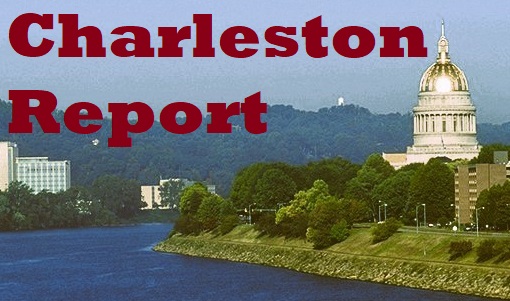August 21st, 2022 by WCBC Radio
On August 22, FEMA Region 3 Regional Administrator MaryAnn Tierney and Maryland Department of Emergency Management Agency Secretary Russ Strickland will travel to Baltimore, MD to visit one of FEMA’s Building Resilient Infrastructure and Communities 2022 Building Infrastructure and Communities (BRIC) grant project selectees, South Baltimore Gateway Partnership and MedStar Health. They will be joined by Mayor Brandon Scott, as well as representatives from Southern Baltimore Gateway Partnership and MedStar Health, as they announce BRIC’s funding support to the Middle Branch Resiliency Initiative and BRIC’s FY22 Notice of Funding Opportunity available to communities.
Advisory
- Monday, August 22, 8:30 AM – 9:00 AM EDT
- Medstar Harbor Hospital: 3001 S Hanover St, Baltimore, MD 21225
- Speakers:
- MaryAnn Tierney, Regional Administrator, FEMA Region 3
- Russell J. Strickland, Maryland Secretary of Emergency Management
- Brandon M. Scott, Mayor of Baltimore
- Bradley S. Chambers, Chief Operating Officer, Baltimore Region, MedStar Health
- Brad Rogers, Executive Director, South Baltimore Gateway Partnership
- Media planning to attend the press event must RSVP to Charlie Elison at femar3newsdesk@fema.dhs.gov by 5:00 PM EDT August 20.
- Media must arrive no later than 8:15 AM EDT.
- Speakers, including FEMA Region 3’s Regional Administrator MaryAnn Tierney, will be available for individual interviews following the news conference.
- BRIC Support to the Middle Branch Resilience Initiative (MBRI) protects the heart of Baltimore against sea level rise-related flood risk and erosion and was selected as part of FEMA’s FY20 BRIC application cycle (FEMA announces $72 million in BRIC & FMA grants to fund resiliency projects across Region 3 | FEMA.gov). While selected, this project has not been officially awarded and is still pending Large Project Notification by Congress, as is the case with all BRIC projects.
- Sea level rise increases Baltimore’s vulnerability to storm-related and nuisance tidal flooding. Through a coordinated network of vegetated berms, living shorelines, restored wetlands/aquatic habitats, and public space enhancements, the Middle Branch Resiliency Initiative (MBRI) Stage 1 will focus on increasing the resilience of two community lifelines located along the shoreline of the Middle Branch of the Patapsco River: the Baltimore Gas and Electric Company’s (BGE) Spring Gardens site and MedStar Harbor Hospital site.
- Stage 1 of the MBRI will also benefit 410,000 nearby residents; customers of the BGE Spring Gardens facility and MedStar Harbor Hospital; and employees who work at both sites—representing 21% of the total population of Baltimore City and Baltimore and Anne Arundel counties.
- The Building Resilient Infrastructure and Communities (BRIC) program supports states, local communities, tribes and territories as they undertake hazard mitigation projects, reducing the risks they face from disasters and natural hazards. The BRIC program focuses on larger infrastructure projects that enhance human health and ecological benefits for a multitude of residents.
- These funds help state, local, tribal, and territorial governments address high-level future risks to natural disasters such as extreme heat, wildfires, drought, hurricanes, earthquakes, and increased flooding to foster greater community resilience and reduce disaster suffering.
- On Aug. 12, FEMA published funding opportunities doubling the BRIC funding level from $1 billion to $2.295 billion and increasing the funding level for Flood Mitigation Assistance by five times from $160 million to $800 million for FY22. This additional funding highlights the importance of our commitment to “people first” and helping communities, families, and businesses build climate resilience. FEMA doubled the funding set-aside through the BRIC program for tribes to $50 million and increased the allocation for each state and territory to $2 million for this funding cycle. The application period opens Sept. 30. (Biden-Harris Administration Announces More than $3 Billion in Funding for Two FEMA Programs to Increase Climate Resilience Nationwide | FEMA.gov)
- FEMA continues to evolve mitigation grants to be more equitable, reduce complexity, and address climate resilience. FEMA also remains focused on reducing barriers to accessing funding to those who need it the most and building capacity and capability to deliver mitigation grant programs.
###
















